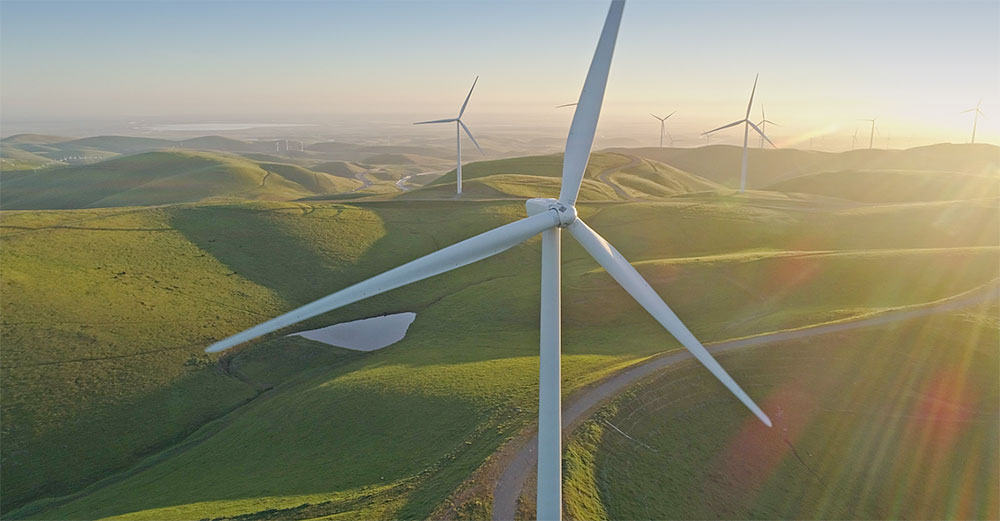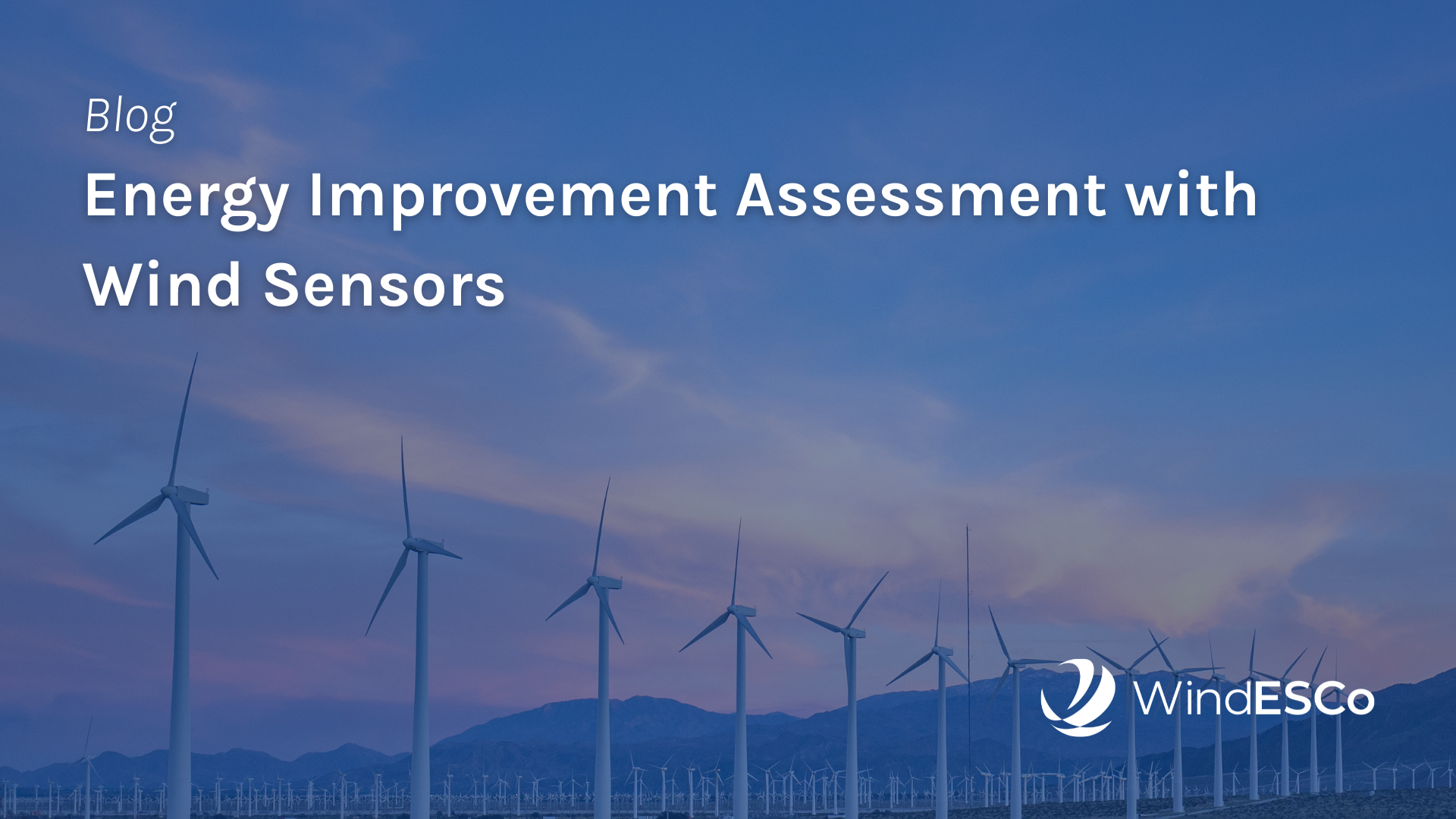Meet Federico Bernardoni, WindESCo's Wind Plant Optimization Intern
Federico Bernardoni has been with WindESco as our summer 2021 Wind Plant Optimization Intern. Working with our R&D team, he's been using...
Welcome to the next installment of our search for an accurate, cost effective and reproducible method to assess the energy improvement from wind turbine upgrades.
Here, we'll take a look at techniques that attempt to measure this free stream wind flow, mainly using wind sensors like ground based LiDAR or anemometers mounted to a met tower. These are typically used in the context of IEC 61400-12-1 power curve test to certify a turbine produces its claimed power in an absolute sense.
But, it is plausible that they might be able to look at relative changes due to turbine upgrades as well. These techniques also attempt to overcome the high uncertainty or insufficient accuracy of the nacelle anemometer being a point measurement. In other words, ground based LiDAR and met tower sensors can usually measure some variability of the wind with height that is shear and veer.
But there are critical downsides that preclude their use in many situations:
The IEC 61400-12-1 standard even allows for about a 1% drift in wind speed sensor calibration over the span of a test. This is about the same order of magnitude of the improvement that we would be looking to detect from a wind turbine upgrade.
So, if we can't use nacelle power curves, and we don't want to perform expensive power curve tests, where can we go next?

Federico Bernardoni has been with WindESco as our summer 2021 Wind Plant Optimization Intern. Working with our R&D team, he's been using...

1 min read
Boston-based WindESCo, an Industrial Internet of Things (IIot) company dedicated to substantially increasing revenue for wind farm operators, has...

Boston-based green tech company joins the ranks of OpenAI, Disney, Tiffany & Co., and more
